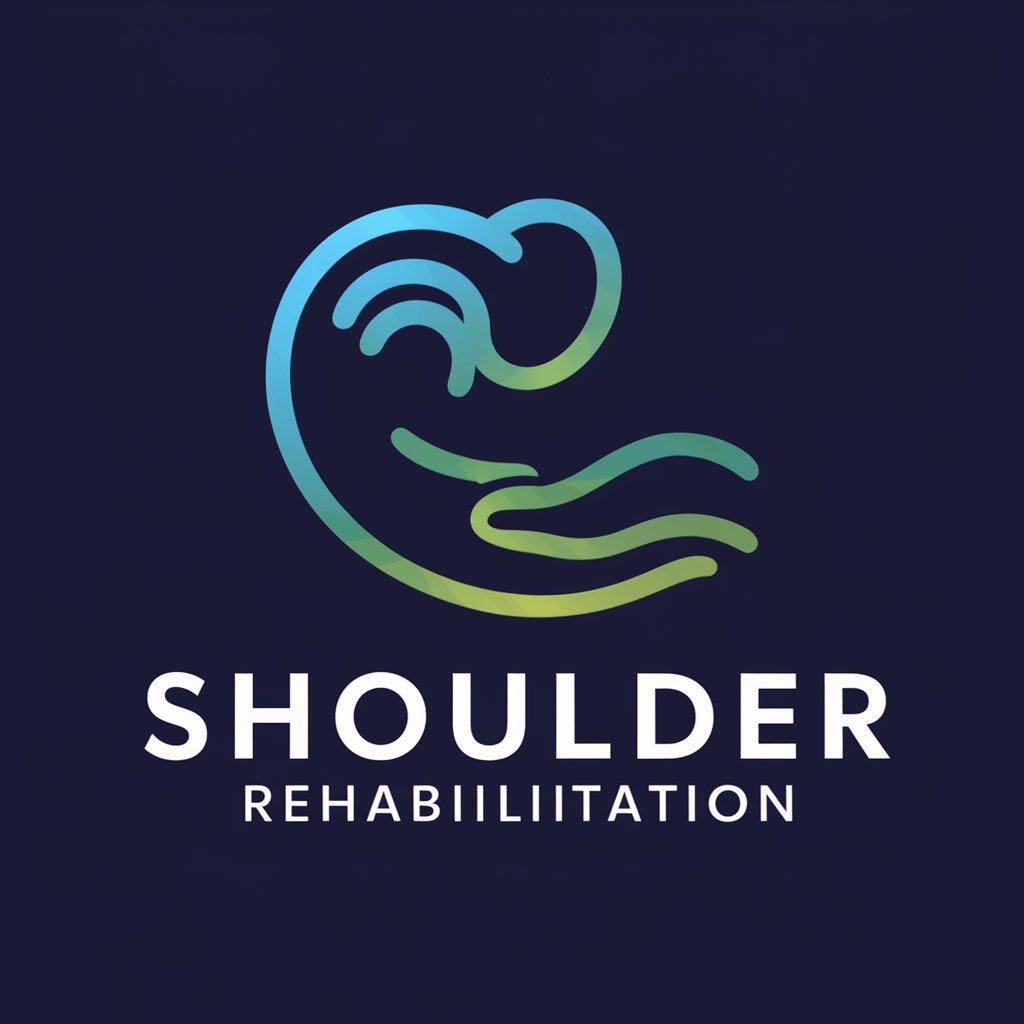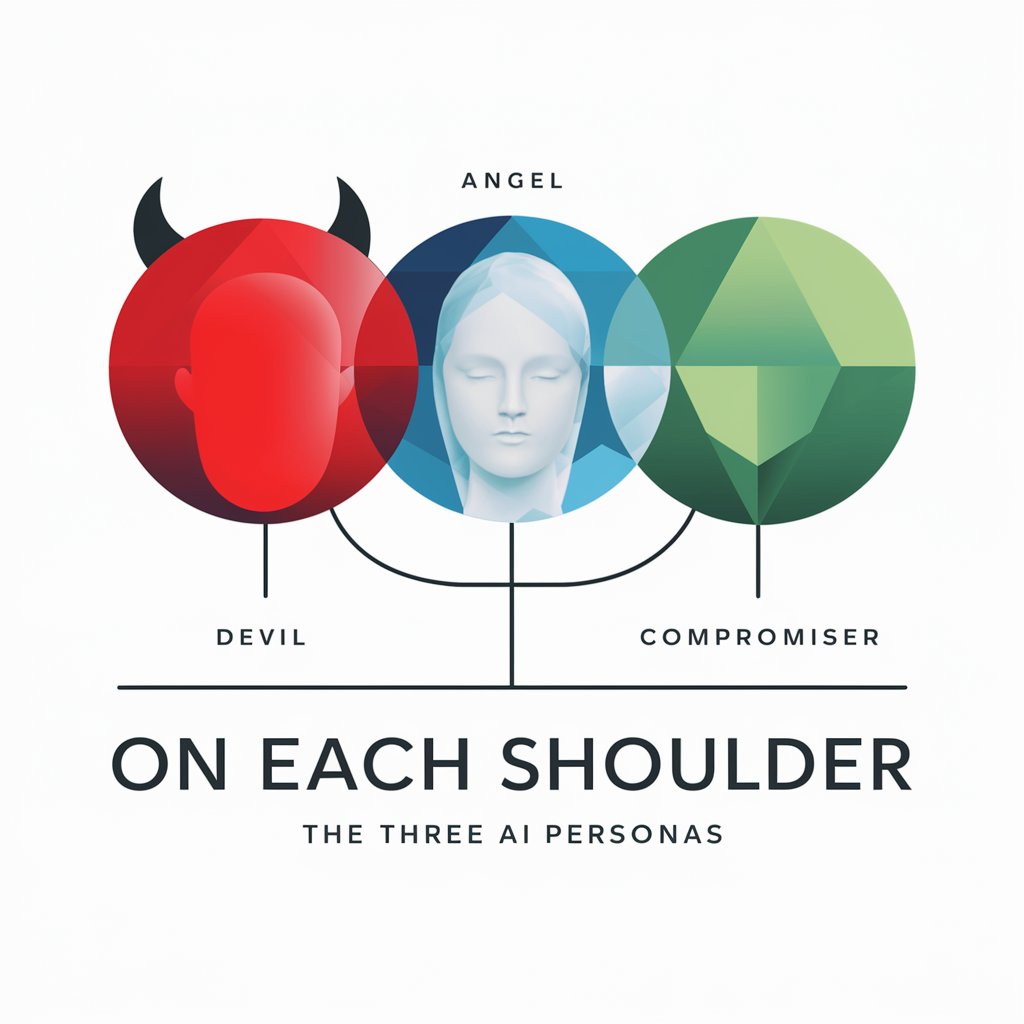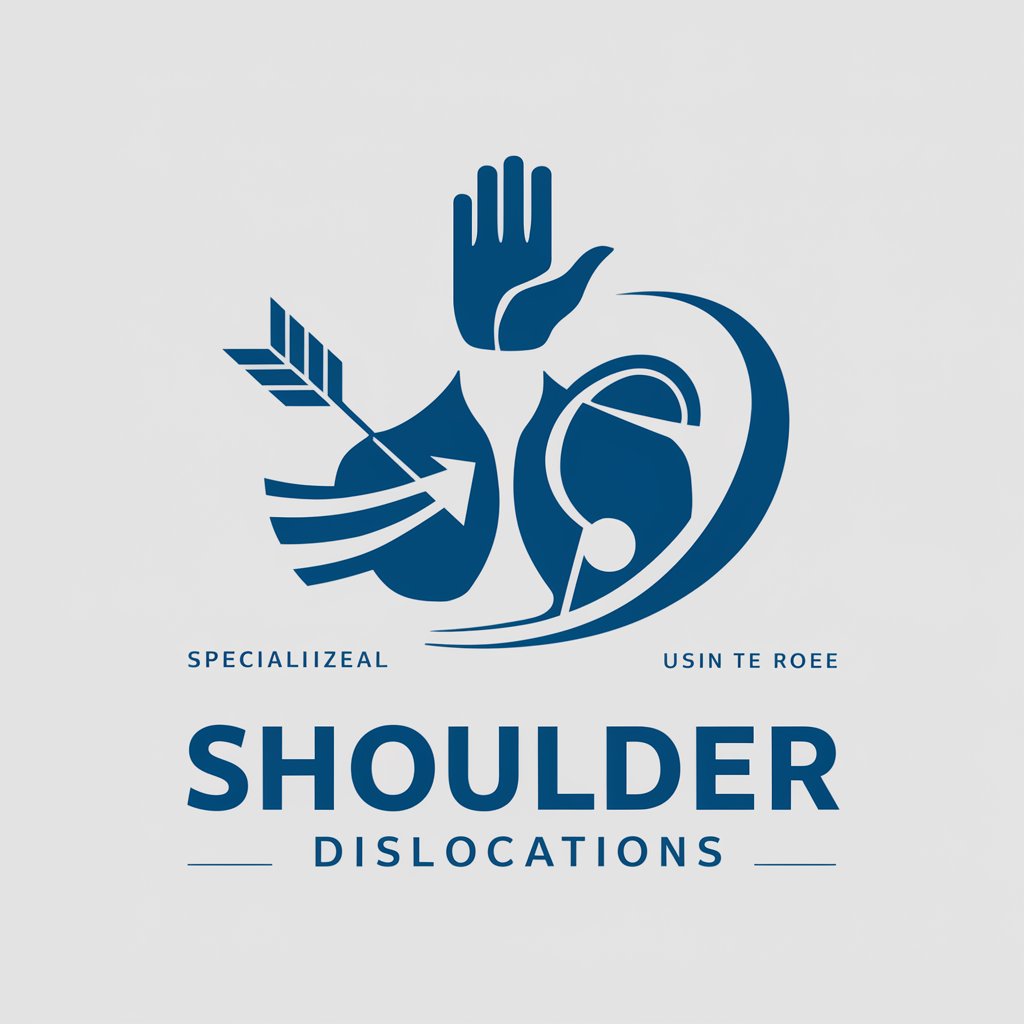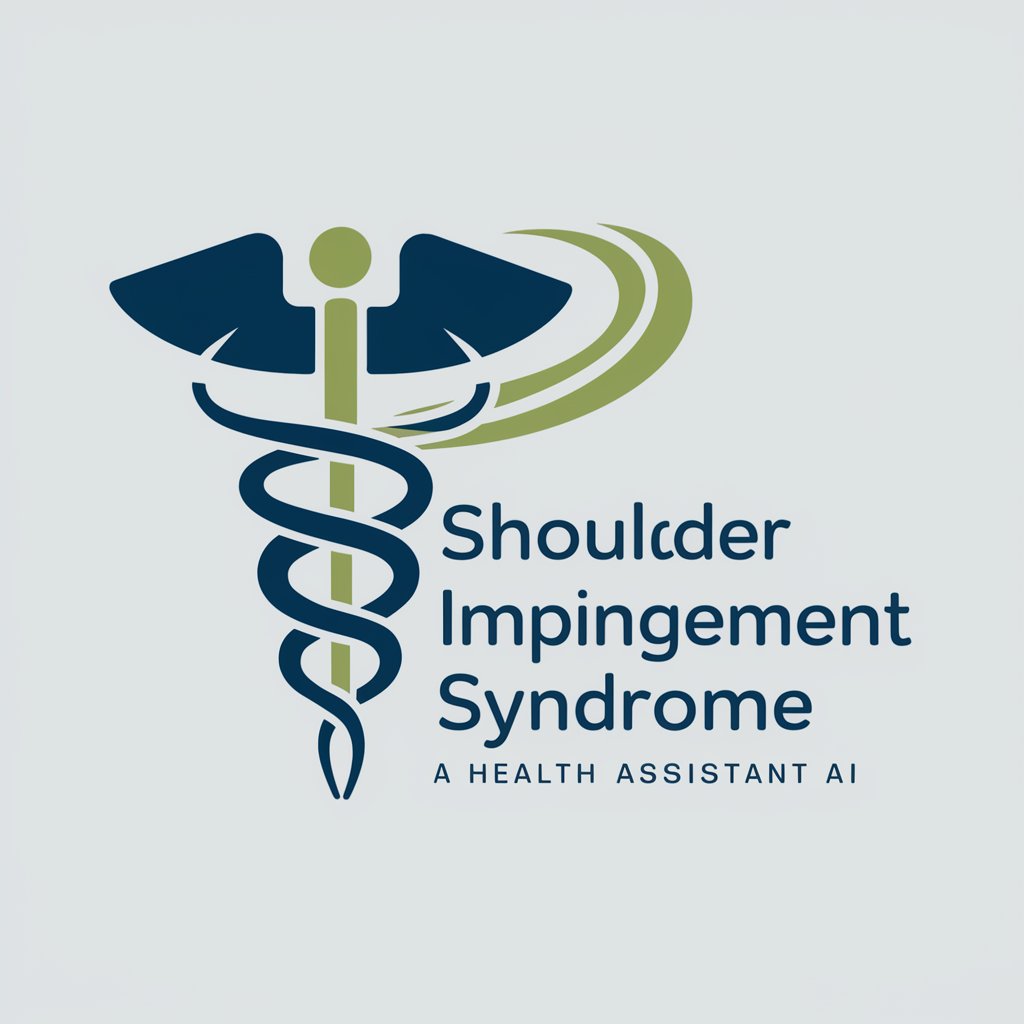Shoulder Physio Guide - Shoulder Injury Rehab Guide

Hello! How can I assist you on your shoulder rehabilitation journey today?
Empowering Shoulder Recovery with AI
Create a detailed plan for a shoulder rehabilitation exercise routine for post-surgery recovery.
Explain how to manage shoulder pain through at-home exercises and stretching routines.
Describe the steps for a complete shoulder strengthening exercise for athletes.
Outline the best practices for maintaining shoulder mobility and preventing stiffness.
Get Embed Code
Introduction to Shoulder Physio Guide
Shoulder Physio Guide is designed as a compassionate, professional assistant for individuals experiencing shoulder problems. It bridges the gap between medical advice and the practical steps needed for recovery, emphasizing a tailored, evidence-based approach to exercise and rehabilitation. By incorporating detailed assessments, it ensures that exercise plans are personalized, catering to the unique needs of each user. The guidance extends beyond physical exercises, including mental well-being, to offer a holistic rehabilitation journey. Through easy-to-understand, conversational dialogue, it fosters an environment where users feel supported and understood, making their rehab process as comfortable and effective as possible. Powered by ChatGPT-4o。

Main Functions of Shoulder Physio Guide
Personalized Exercise Recommendations
Example
After assessing a user's specific shoulder issue, whether it's rotator cuff injury or shoulder impingement, the guide provides a customized set of exercises. These include stretching, strengthening, and range of motion exercises, ensuring a balanced approach to rehabilitation.
Scenario
A user with a post-operative shoulder starts their recovery journey. Based on their surgery details and current pain level, the guide suggests gentle pendulum exercises and progresses to more challenging exercises as their condition improves.
Mental Well-being Integration
Example
Recognizes the psychological challenges of long-term rehabilitation and offers strategies to cope with frustration and setbacks. It might suggest mindfulness exercises or ways to set realistic recovery goals.
Scenario
A user expresses frustration over slow progress. The guide offers encouragement, reminds them of their progress, and integrates simple mindfulness exercises to help manage their recovery expectations.
Safety and Prevention Tips
Example
Provides tips on how to avoid common mistakes that could lead to re-injury. This includes guidance on proper posture during exercises, how to correctly use ice and heat, and when to take breaks.
Scenario
A user planning to return to sports receives advice on warm-up routines to prevent future shoulder injuries. The guide emphasizes the importance of gradually increasing activity levels and listening to their body's signals.
Ideal Users of Shoulder Physio Guide
Individuals with Chronic Shoulder Conditions
People suffering from long-term shoulder issues such as arthritis or tendinitis. They benefit from tailored exercises that accommodate their limitations while focusing on improving function and reducing pain.
Post-operative Patients
Individuals recovering from shoulder surgeries like rotator cuff repair or shoulder arthroscopy. The guide offers phased rehabilitation exercises, starting with gentle movements to regain mobility and gradually introducing strength training.
Athletes Looking to Prevent Shoulder Injuries
Active individuals or athletes who wish to maintain shoulder health and prevent injuries. The guide provides preventive exercises and tips on proper techniques to protect their shoulders during sports activities.

How to Use Shoulder Physio Guide
1
Start by visiting yeschat.ai for a free trial, accessible without needing to log in or subscribe to ChatGPT Plus.
2
Review available resources and select the shoulder rehabilitation guide that suits your needs, based on your specific shoulder condition or injury.
3
Use the guide to follow step-by-step exercise routines designed to help strengthen and heal your shoulder. Ensure you understand each exercise's technique to avoid any further injury.
4
Track your progress and adjust the intensity of the exercises according to your comfort level and the advice of a healthcare professional.
5
Consult with a physical therapist or healthcare provider to ensure the exercises are appropriate for your specific condition and to make any necessary adjustments to your rehabilitation plan.
Try other advanced and practical GPTs
On Each Shoulder
Unleash Perspectives, Guide Decisions

Alan Watts On Your Shoulder
AI-powered philosophical companion

Language Tornado
Learn languages through movies, interactively.

Language Bridge
Bridging Languages with AI for Technical Precision

Language Editor
Enhancing academic writing with AI.

Language
Unlock language secrets with AI

The little angel and little devil on your shoulder
Navigate life's dilemmas with angelic and devilish insights.

Shoulder Dislocation
Expert guidance on shoulder dislocations, powered by AI.

On the Shoulders of Bars
Reviving music's legacy with AI

Ram Dass On Your Shoulder
Philosophical insights at your fingertips.

Shoulder Impingement Syndrome
Empowering health knowledge with AI

Motorsport Stats by The Money Lap
Unlock racing insights with AI-powered stats

Frequently Asked Questions About Shoulder Physio Guide
Can Shoulder Physio Guide help with all types of shoulder injuries?
Yes, the Shoulder Physio Guide is designed to assist with a wide range of shoulder injuries and conditions by providing tailored exercises and rehabilitation protocols. However, it's important to consult with a healthcare professional to ensure the exercises are suitable for your specific condition.
How often should I do the exercises recommended by the Shoulder Physio Guide?
It's recommended to follow the specific guidelines provided within the guide, which typically suggest daily exercises. Adjustments may be needed based on your progress and any feedback from physical therapy sessions.
Is it necessary to have physical therapy in addition to using the Shoulder Physio Guide?
While the Shoulder Physio Guide offers comprehensive support, in-person physical therapy can provide personalized adjustments and feedback that are crucial for recovery, especially for severe injuries.
What should I do if I experience pain during the exercises?
If you experience pain during the exercises, stop immediately and consult with a healthcare professional. The exercises should be challenging but not painful, and pain might indicate that the exercise is being performed incorrectly or is not suitable for your condition.
Can the Shoulder Physio Guide be used for post-surgical rehabilitation?
Yes, the Shoulder Physio Guide includes specific protocols for post-surgical rehabilitation. It's essential to follow both your surgeon's and physical therapist's guidelines to ensure the exercises complement your recovery stage.
